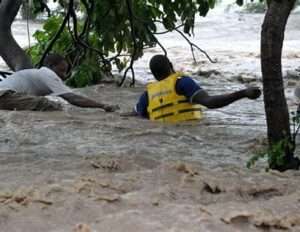How to stay cool and safe during this summer heatwave.
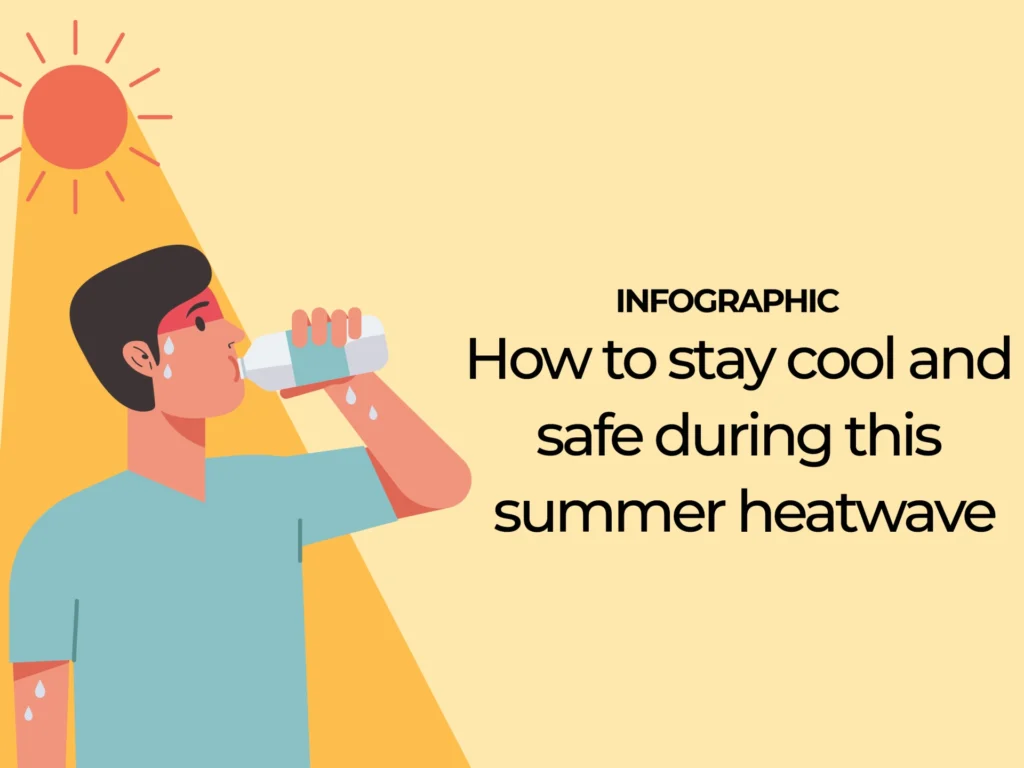
Heat stroke is a severe medical condition that occurs when a human body’s internal temperature exceeds 40C (104F). Here are 10 tips to help minimise its risk.
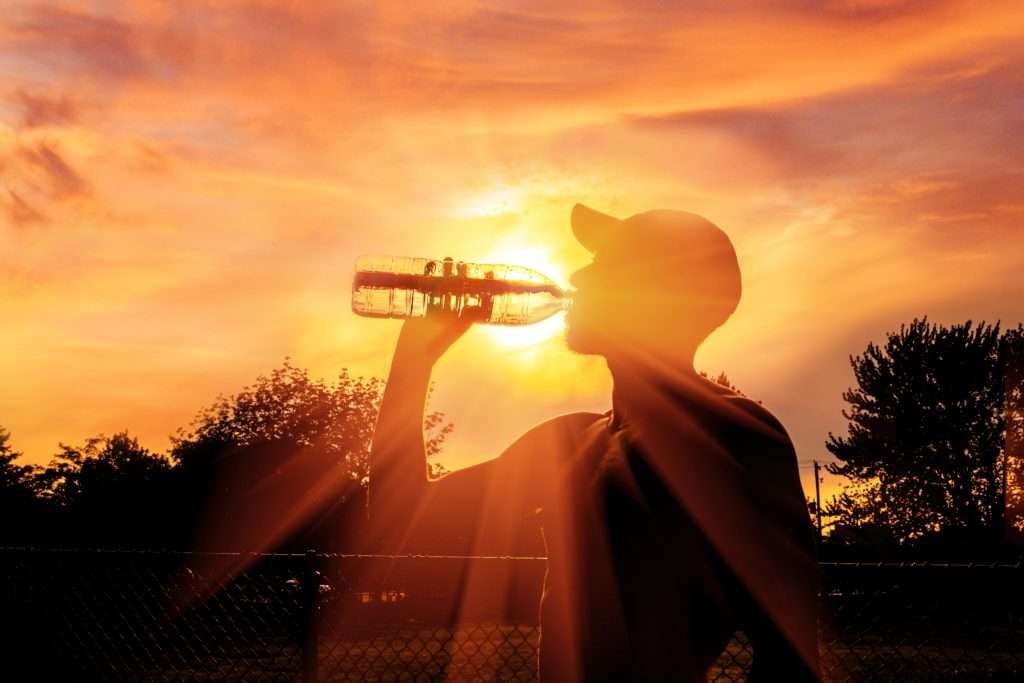

As summer temperatures soar in various regions across the globe, with some even shattering all-time heatwave records, staying cool becomes crucial.
Fortunately, there are effective methods to beat the heat, whether you have access to air conditioning or not.
One of the biggest health concerns with hot weather is the risk of heat-related illnesses, particularly heat exhaustion and heat stroke.
Heat stroke, also known as sunstroke, is a severe medical condition that occurs when the human body’s internal temperature exceeds 40 degrees Celsius (104 degrees Fahrenheit). If not treated immediately, heat stroke can lead to organ failure, brain damage, and can even be life-threatening.
What causes heat stroke?
Heat stroke is primarily caused by prolonged exposure to high temperatures and excessive heat, leading to the body’s inability to regulate its core temperature.
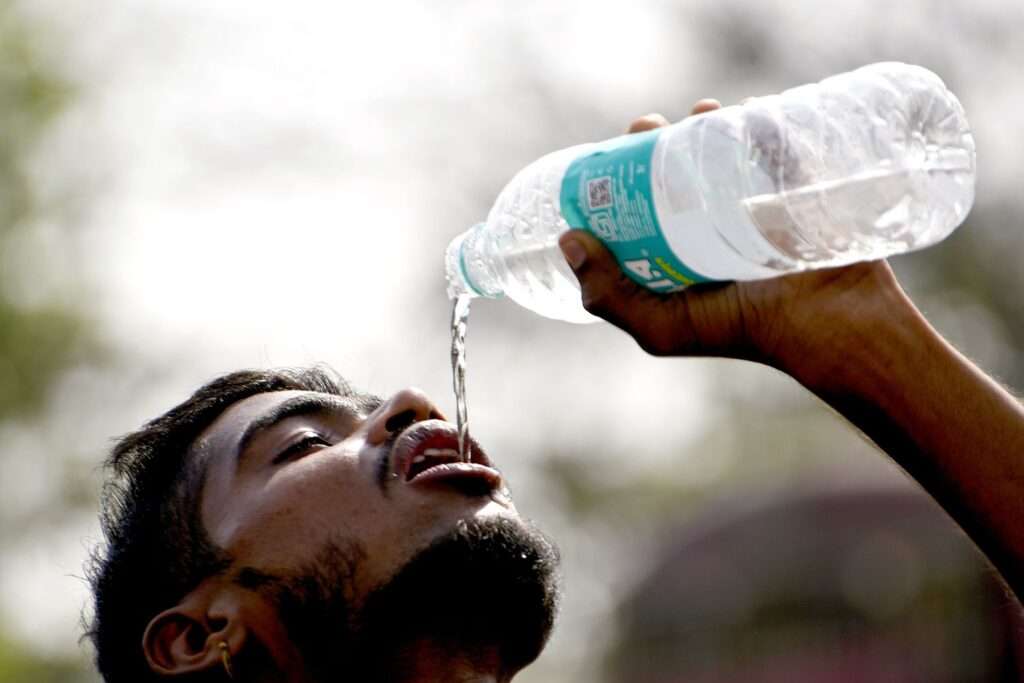
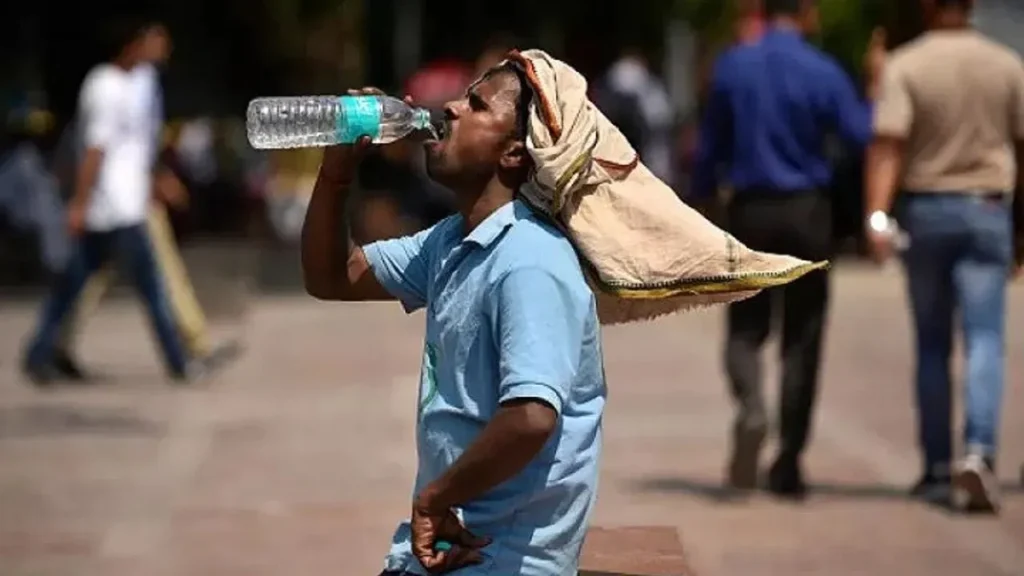
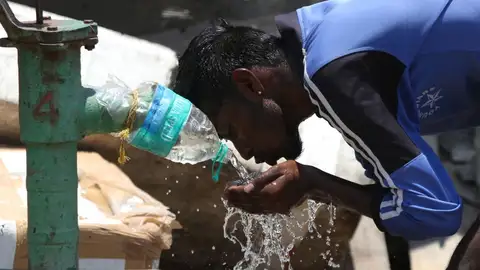
There are two types of heat stroke:
Exertional heat stroke (EHS): It is induced by strenuous physical activity in hot and humid environments. EHS can affect young, healthy individuals who are not accustomed to high temperatures or do not maintain sufficient hydration during physical exertion.
Non-exertional heat stroke (NEHS): Also known as classic or environmental heat stroke, NEHS is not directly related to physical activity and typically occurs when individuals are exposed to high temperatures or enclosed spaces without ventilation. This type of heat stroke can affect people of all ages, with senior citizens, infants, and those with underlying health conditions, such as diabetes, particularly vulnerable.
How to avoid heat stroke
Here are 10 tips to help minimise the risk of heat stroke:
Interactive_Heat stroke_preventions


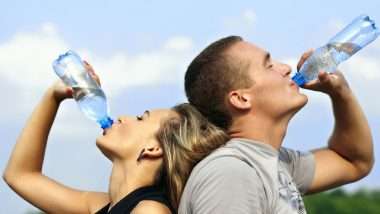
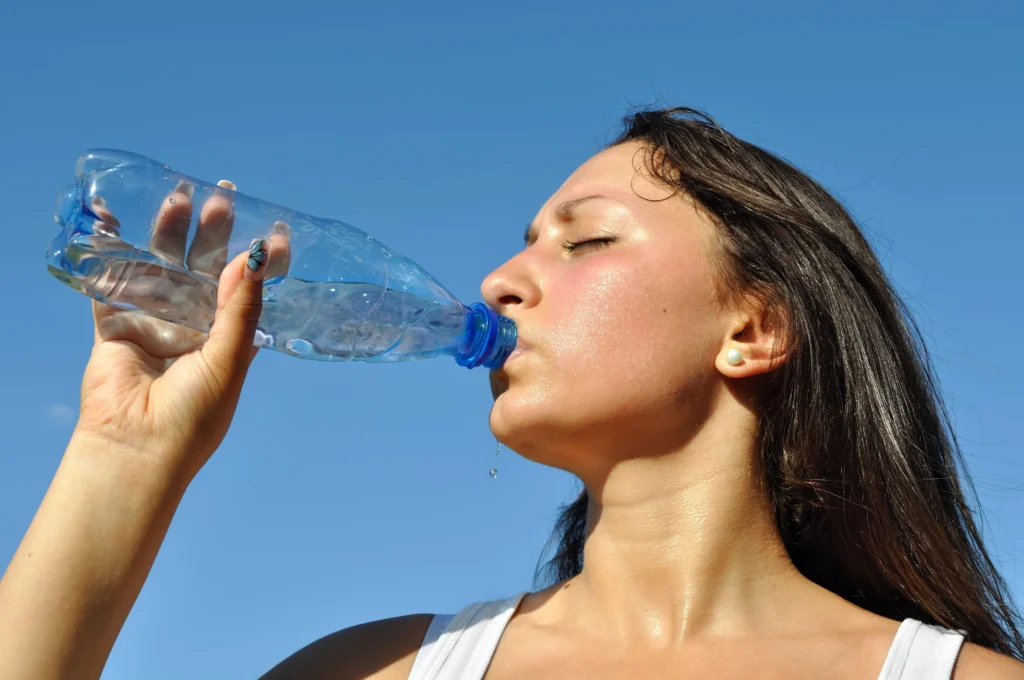
- Drink plenty of water
- Wear sunblock
- Stay away from direct exposure, especially in the afternoons
- Avoid exercise in the hottest part of the day
Wear cotton and loose clothing - Never leave anyone in a parked car
- Ventilate and cool your living space
- Take cool showers
- Eat lightly
- Take precautions with medications
How to treat someone with heat stroke
If you or another person is experiencing heat stroke symptoms, such as rapid heartbeat, rapid breathing, high body temperature, dehydration or nausea, here are a few steps to bring down your body temperature while waiting for emergency medical aid.
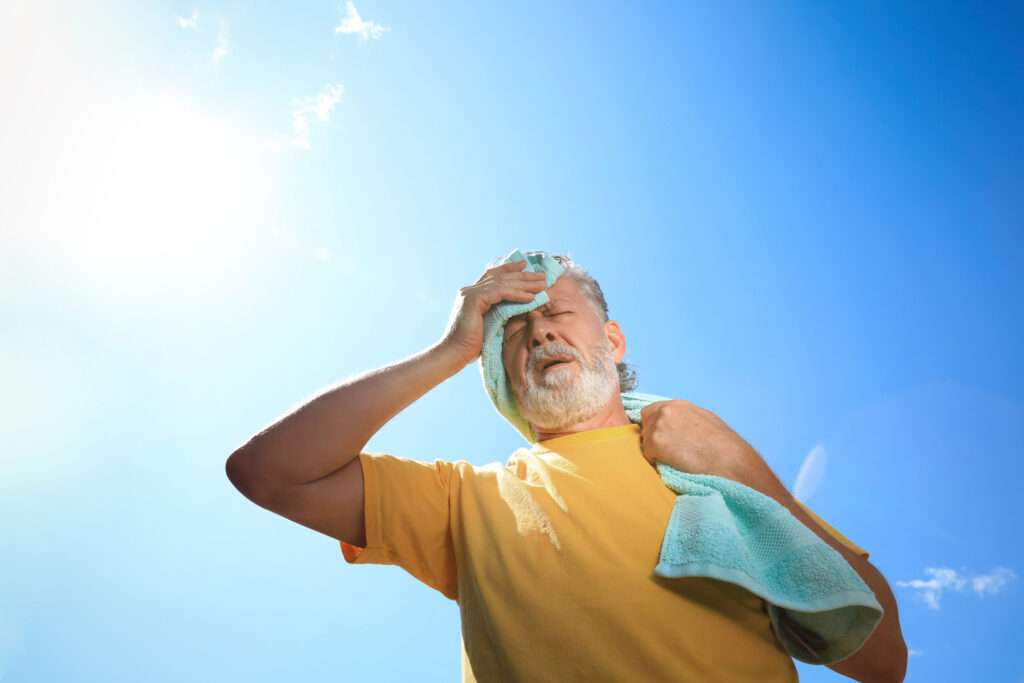
Interactive_Heat stroke_first aid
(Al Jazeera)
Get out of direct exposure
Lie down and elevate your feet
Take off tight clothing
Use a fan or air conditioner to lower body temperature
Apply cold compress
Drink lots of fluids and hydrate
Follow these steps until professional help reaches the patient.
SOURCE: AL JAZEERA
Richard Koomson| mediacentralonline.info |Ghana
kindly send us your stories on our WhatsApp line 0500004727



